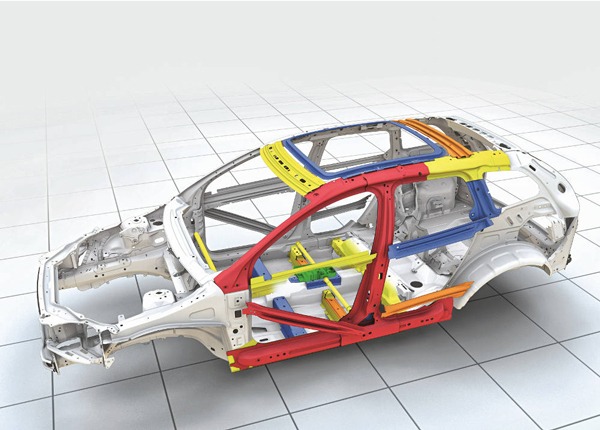
Child Restraints: Choosing The Correct Car Seat For Your Kids
Updated Dec. 25, 2020It is a legal requirement in every state for children to be restrained in moving vehicles using an age-appropriate car seat or booster seat. The National Highway Traffic Safety Administration (NHTSA) reports that a properly installed child restraint reduces the risk of fatal injury to infants by 71% and to young children by 54%.
Just 40 years ago, only around 8% of child passengers were properly restrained. Updated figures from 2013 suggest that around 89% of underage passengers travel in age-appropriate, properly fitted car seats. Child passenger safety has improved considerably over the past few decades, as stricter restraint laws have been established and advancements in child restraint technology have been made. Undoubtedly, these improvements have saved thousands of innocent lives.
Driver responsibility
In all states, the driver of a passenger vehicle is legally responsible for making sure that all children beneath a certain age are safely secured in an appropriate restraint. The age at which minors become responsible for their own restraints varies state by state, though it is usually around 16 years old. Look up child restraint laws in your driving handbook for details relevant to your state.
The penalties incurred for failing to properly restrain a child passenger are different in every state. Most states issue a fine of up to $100 for first offenses. For repeat offenders, this may increase to $1,000 or more.
Choosing the correct child seat
Ordinary seat belts are not effective in protecting children and infants from injury and death during a crash. Standard belts are designed to protect adult-sized bodies and must not be used on children under a certain height. There are some subtle variations in child restraint rules around the United States, though in general, all children under 4’9” must be secured in a car seat or booster seat appropriate to their age, weight and height.
There are a few differences in height, age and weight requirements for child restraints from one state to the next. Though as these laws are based on federal safety recommendations, the differences are minor.
Here is an example of child seat laws in Texas. As there may be subtle differences in the rules in your state, it is essential to refer to your own driving manual for accurate information. Always check out child restraint laws when traveling to an unfamiliar state.
Child restraint rules at different stages of development (Texas law):
- 1

Children and weighing less than 20lbs.
Children and infants weighing less than 20lbs must be restrained in a rear-facing infant car seat, secured in the back seat of the vehicle. Never position a child in a rear-facing seat directly in front of an airbag deployment zone. - 2

Children weighing between 20lbs and 40lbs.
Children weighing between 20lbs and 40lbs should be restrained in a forward-facing toddler seat, secured in the back seat of the vehicle. - 3

Children weighing 40lbs or more, shorter than 4’9”.
Children weighing 40lbs or more who are shorter than 4’9” must be restrained with the adult seat belt AND a booster seat, secured in the back seat of the vehicle. - 4

Children over 4’9”.
Children over 4’9” may be secured using an adult seat belt without a booster seat, though it is still the driver’s responsibility to ensure they are properly restrained.
Securing a child restraint
Infant and toddler car seats must be fixed to the car using the adult seat belts, in accordance with the restraint manufacturers' guidelines. Make sure you follow the instructions that came with the restraint to the letter! Improperly secured restraints can increase the risk of a child being injured or killed during a collision.
Rear seat vs back seat child restraints
In many states, all children beneath a certain age must ride in the back seat of the car by law. You must check this information in your local driver’s handbook, as the age at which riding in the back seat is no longer mandatory varies quite widely state by state. Regardless of the rules in your area, the back seat is the safest place for children to travel. Always secure children in the back seat wherever possible – even if it is not a legal requirement – as they may be injured in the front seat if an airbag deploys during a collision.
Safety tips for drivers
Though it can be difficult, drivers must resist the urge to lean into the back seat and check on infants who are secured in a rear-facing car seat. Trust that the child is safely secured and keep your eyes on the road around the vehicle. You can use the rear-view mirror to glance into the back seat and check on the child intermittently. If you suspect something is wrong or need to comfort the child, find a safe place to pull over before doing so.
Children in front-facing seats are easier to keep an eye on, though can be equally distracting. If you must communicate with your child passenger, do so without turning your head away from the road. Toddlers and young children can be restless and demanding, so it may be useful to keep a few toys to entertain them in the backseat. If you ever find yourself too distracted by child passengers anywhere in the vehicle, pull over until the situation is under control and you can safely continue your journey.




